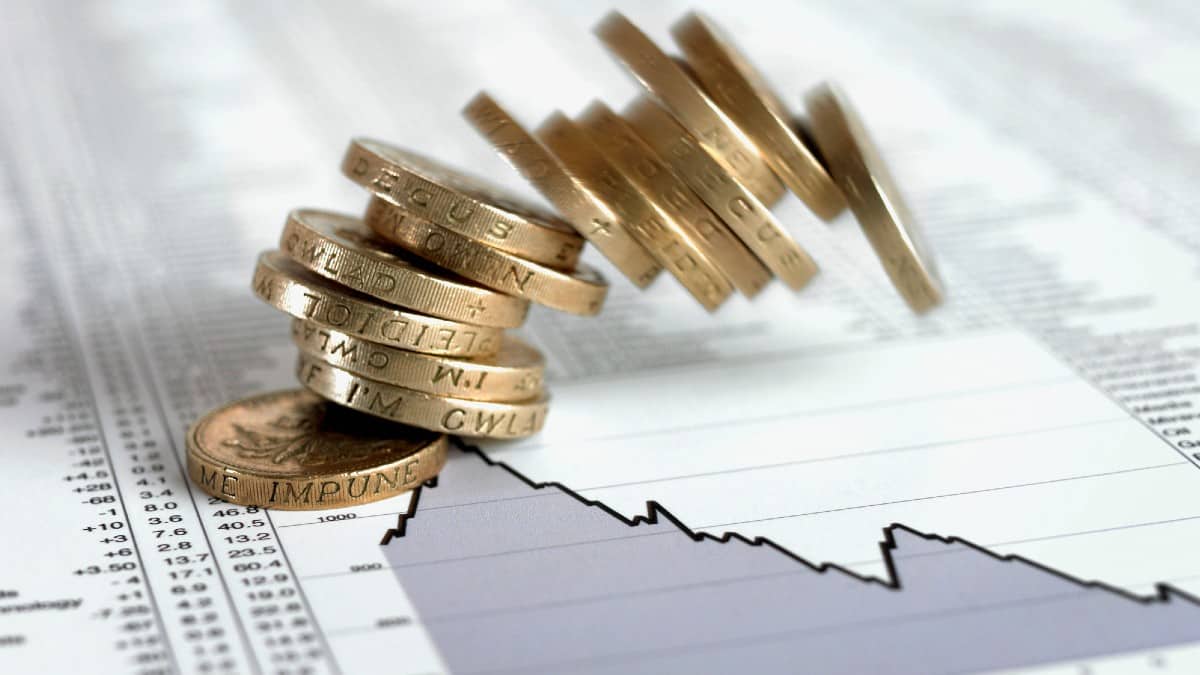After lagging behind its FTSE 100 mining peers for a while, multi-commodity miner and marketer Glencore (LSE: GLEN), finally reported robust earnings for the first half of 2021. The company’s numbers had stayed stubbornly sluggish, even though its share price rose fast in anticipation of better performance.
Sharp upturn in profits
It has managed a good turnaround now, however, with a 32% revenue increase compared to the same time last year. It is also back in the black after reporting a net loss in the first half of 2020. What I find impressive about its earnings is the sharp increase in profits from 2019, up by more than 456%! I think this is a good sign that Glencore is finally shrugging off its financial challenges that started even before the pandemic.
I also like the dramatic improvement in its net-debt-to-earnings ratio, where the earnings measure considered is that before interest, taxes, depreciation, amortisation, commonly known as EBITDA. The number has almost halved to 0.7% from the end of 2020, partly because the EBITDA number is stronger but also because the actual debt level has also reduced.
Is the party over, though?
Despite the great results, I am cautious about Glencore stock now for a few reasons. The first is the tempered expectations from commodity prices moving forward. A big reason for miners’ strong results in the recent past has been the bull run in industrial metal prices, predominantly driven by Chinese government spending.
This can change. In an article on Ferrexpo I wrote yesterday, the FTSE 250 company advised caution in this regard as well, and said that there are already signs of softer metal prices. This could impact Glencore, which has just swung back into profits.
Glencore shares’ competitiveness
Also, its price-to-earnings (P/E) ratio is surprisingly high at over 40 times, based on my calculations from the latest results. This is way higher than that for its FTSE 100 mining peers. If this takes away from its competitiveness as a stock, its dividend payout does not help either.
It has decided to pay additional dividends in 2021. This adds to the payout it first decided on based on 2020’s results. But the dividend yield is still only 3%. If its price stays as it is or declines and it pays another dividend before the year is over, its yield could improve. Though there is no certainty of that happening.
I reckon this could also explain why its share price is down 1.2% today, despite its stellar results.
My takeaway
There is more to Glencore, though. It has recently gained ground with respect to ESG ratings. And the commodity rally may be a multi-year one as the economy gets back on track. But the risks have risen too, especially since the Glencore share price has run up some 70% in the past year.
I think it may have reached a peak for now and I would buy it only on a sharp dip, unless industrial metal prices start rising again or its production numbers show an upturn.








